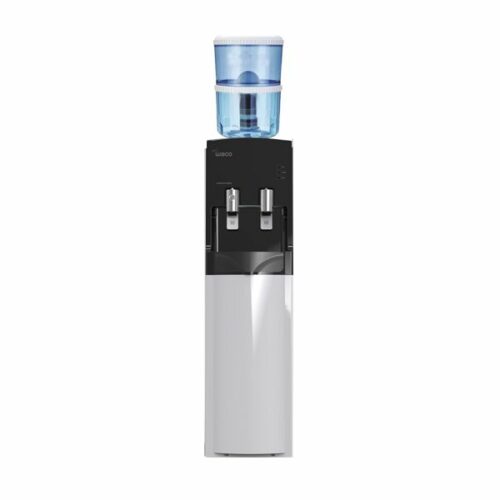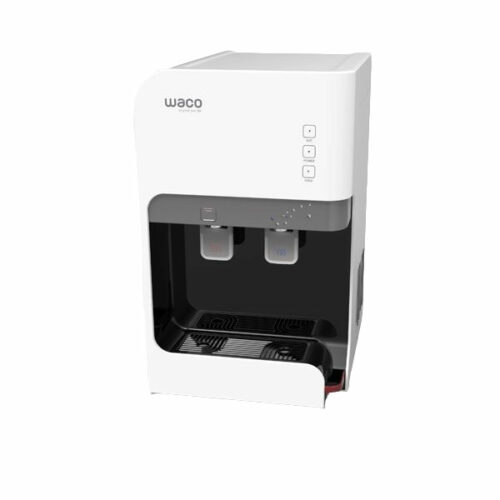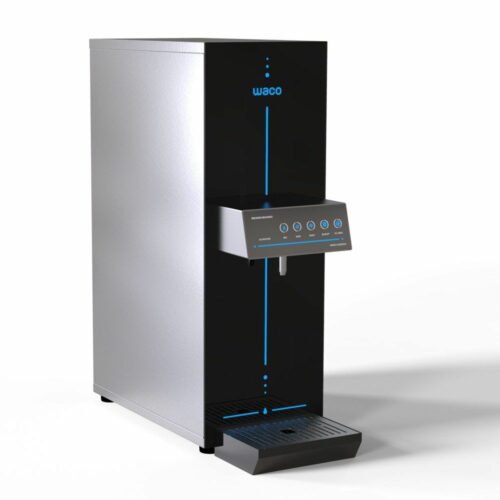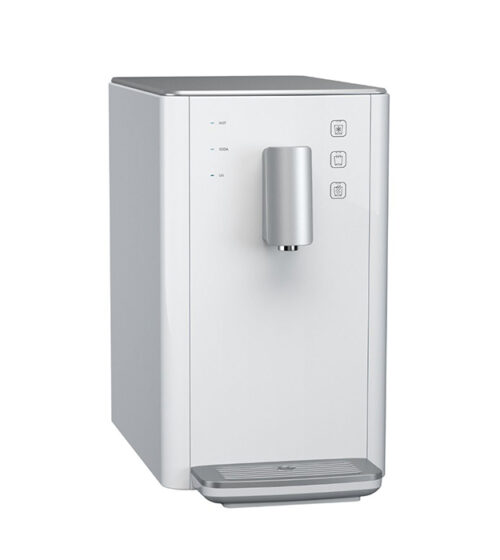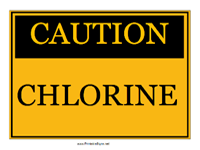
Chlorine has been used successfully for many decades as a very effective way of removing health threatening pathogens like cholera as well as typhoid bacteria in order to make drinking water safer and healthier for daily consumption. Chlorinated water is common in many parts of the world and is often piped straight into homes as part of the public drinking water supply system. The process of chlorinating water helps in the removal of disease causing contaminants, which were often the cause of diarrhea and other related health problems in the past, often found in poor quality drinking water in certain areas.
However, it is not all good news, because drinking water which contains chlorine also contains very small particles of chlorine and by-products and synthetic chemicals in various amounts. How much chlorine is used to clean the drinking water depends greatly on the local area and the quality of the water at source. This results in a varying level of other substances being present in the drinking water also. This can best be seen when drinking water taken from the tap seems to be cloudy in appearance as it comes out of the tap. The fact that it contains chemicals means that it is only a case of time before the effects are seen in health related conditions as our bodies react to the presence of chemicals ingested through drinking water.
Some research has suggested that in fact there may be an association between chlorinated drinking water and certain types of cancer, diseases which affect the skin, and also a building up of cholesterol in the bloodstream, among other possible conditions. Based on the fact that the quality of drinking water varies from region to region, it follows that certain groups of people may be more prone to such health related problems due to the greater levels of chemicals in their drinking water supply. This is why it is important to try and eliminate the other chemical traces which are found in drinking water as a result of the chlorination process.
This means purifying or filtering the water once it has been piped into homes. There are various methods and systems available for filtering drinking water to make it safer and eliminate virtually all chemical content.
One popular method many Singaporeans do at home to remove Chlorine is through boiling the drinking water before consuming it.Boiling does remove Chlorine, but not by-products of Chlorine that are carcinogenic.
Another less convenient, however, very effective method to remove Chlorine is to pipe the drinking water into a glass container which is then left exposed to the natural sun over a period of several hours. This is a natural process, which means that it is extremely environmentally friendly and does not produce any secondary effects nor use any chemicals as part of the process. Natural sunlight will eliminate virtually all traces of chlorine in the drinking water over several hours, making it cleaner and safer to drink. Obviously, this method works best in regions where sufficient sunshine is available on a regular basis all year round. Even then, by-products of Chlorine is not removed.
Water purifiers are also widely available and aim to extract Chlorine and the chlorine residues, making the drinking water healthier for consumption. Filtering drinking water is important to avoid possible health related problems caused by long term ingestion of chemical content found in chlorinated drinking water, especially for susceptible groups in the population such as young children and older people.

